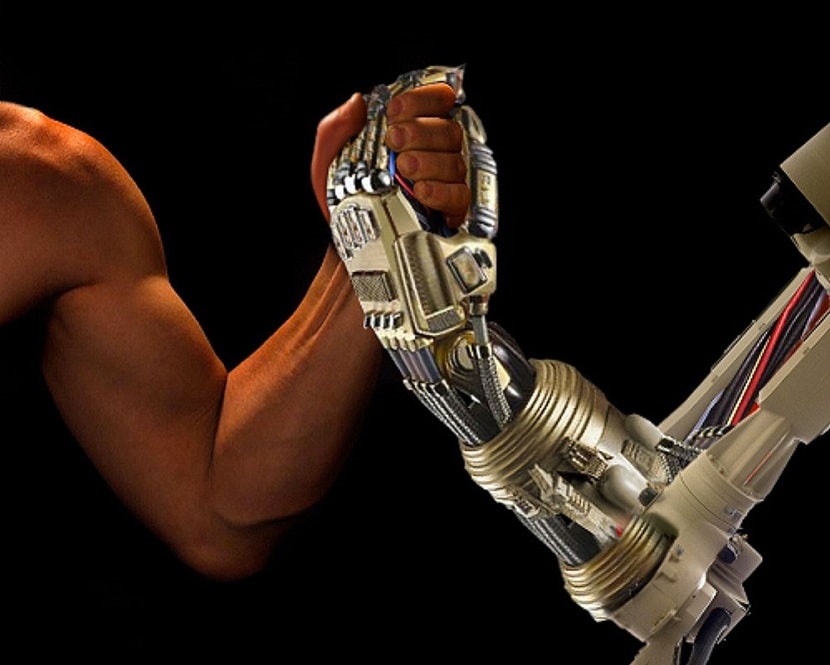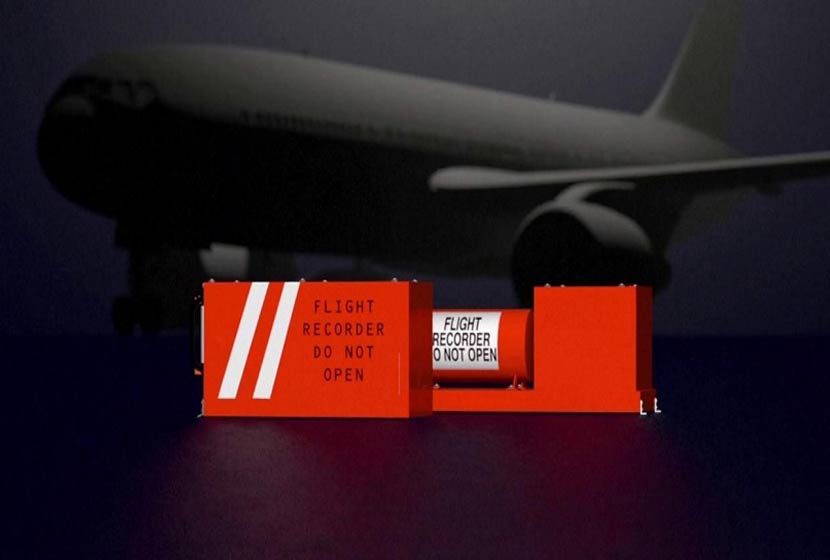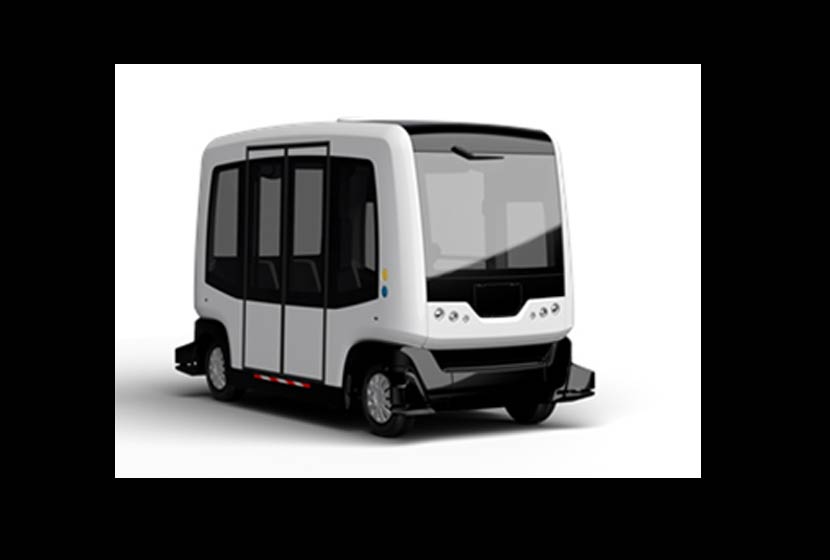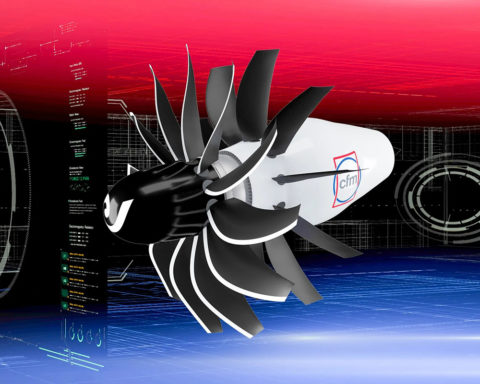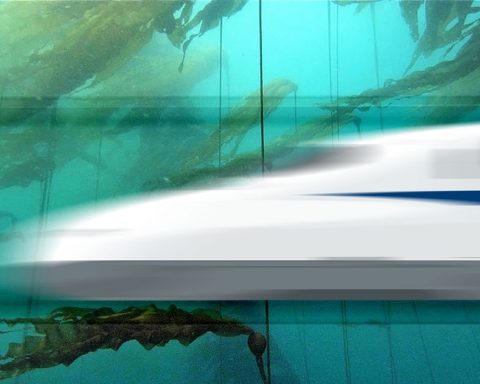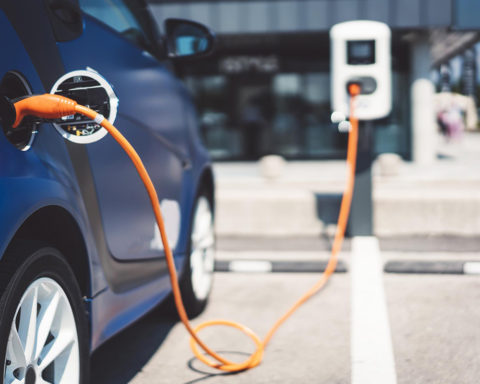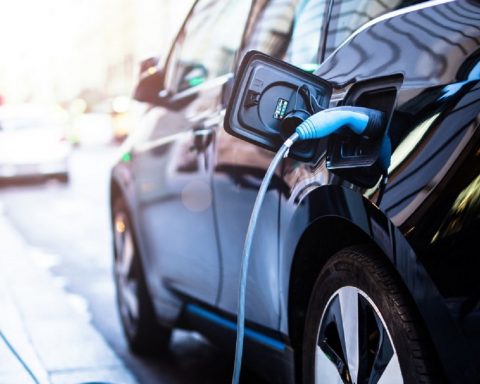This is the question that many American articles are asking as "driverless" prototype cars develop. The "Google car" is already known worldwide. It is one example of ongoing research to make our vehicles smarter, thanks to communication between vehicles and the use of big data technologies.
President Obama visited a highway research center in Virginia July 15 (Turner-Fairbank Highway Research Center) to acknowledge the progress made in this area and tested a prototype. Last June, Bill Shuster, chairman of the House Committee on Transportation and Infrastructure, also tested a driverless vehicle developed by Carnegie Mellon University a few miles from Congress and invited his colleagues to do the same [1].
Smarter vehicles
Technologies to reinforce "autonomous driving" are already developed, some of them integrated into vehicles, and should multiply in the years to come (cars that park themselves, that brake automatically, etc.). Some models incorporating these technologies are already on the market.
Today the "Google car" is the reference in this field. An intelligent car is defined as a car that is capable of driving itself. This car of the future goes one step further by allowing the driver to completely let go of the steering wheel and let himself be driven to the indicated destination. Each decision taken has been analysed beforehand by the car's central office, taking into account numerous environmental parameters (traffic, route, signage, etc.).
Cleaner vehicles
While the safety benefits are generally emphasised, it should not be forgotten that these smarter vehicles are also good for the environment. Indeed, they could reduce the risk of accidents and avoid the traffic jams they generate, thereby reducing emissions. According to figures quoted by the US President, 5.5 billion hours are spent in traffic jams each year in the United States, representing $120 billion in lost time and fuel costs (or $800 per driver).
Technologies under development and vehicle-to-vehicle communication are expected to reduce traffic congestion. Real-time traffic information, now available, already allows drivers to adopt alternative routes. Similarly, certain technologies can improve vehicle performance and fuel consumption. Driverless" vehicles are expected to improve vehicle fuel efficiency even further. Some studies suggest that if the entire U.S. fleet were replaced by unmanned vehicles, fuel consumption could be reduced by 20 to 30%, mainly through route optimization.
Action by the US Congress required to develop these projects
This research has been supported by US funding agencies (notably the National Science Foundation [2], but also the US Department of Transportation (DARPA) and by car manufacturers. Congressman Bill Shuster has promised to encourage funding for innovation and technology for these vehicles [3].
Efforts on the legislative side will also be necessary in parallel with research and development efforts. Indeed, beyond the technical aspects, there are many regulatory or legislative obstacles, which are beginning to be raised in the US Congress [4]. First of all, this type of vehicle would have to be authorised on the roads, which is not currently the case (except for tests). Liability issues also arise [5]. In order to develop this type of vehicle on the road, manufacturers also require elected officials to reserve a specific radio spectrum (5.9 GHz) [6].
If these barriers are removed, some estimate that these cars could be on the road within 5 years [7].
(Source: ©Céline Ramstein, Deputy Scientific Attaché and Privel Hinkati, Deputy Scientific Attaché NTICS US Embassy / bulletins-electroniques.com - 19 September 2014)
- 1] "Congress takes driverless car for a spin" - Laing, Keith - 24/06/2014 - http://redirectix.bulletins-electroniques.com/o3kmF
- 2] " Bill Shuster: Generational Shift Will Smooth Acceptance of Driverless Cars " - Curry, Tom - RollCall - 24/06/2014 - http://redirectix.bulletins-electroniques.com/btzpn
- 3] See the Brookings Institution's analysis on the subject for example: http://redirectix.bulletins-electroniques.com/AMft5
- 4] "ITS America Statement on Rubio-Booker 5.9 GHz Spectrum Legislation" - Press release from the Intelligent Transportation Society of America - 20/06/2014 - http://redirectix.bulletins-electroniques.com/IXreh
- [5] " Self-driving cars aren't too far off " - Hickey, Megan - USA Today - 10/04/2013 - http://redirectix.bulletins-electroniques.com/aHFwz
- 6] "ITS America Statement on Rubio-Booker 5.9 GHz Spectrum Legislation" - Press release from the Intelligent Transportation Society of America - 20/06/2014 - http://redirectix.bulletins-electroniques.com/bTpRI
- 7] "Self-driving cars aren't too far off" - Hickey, Megan - USA Today - 10/04/2013 - http://redirectix.bulletins-electroniques.com/I7dkx

